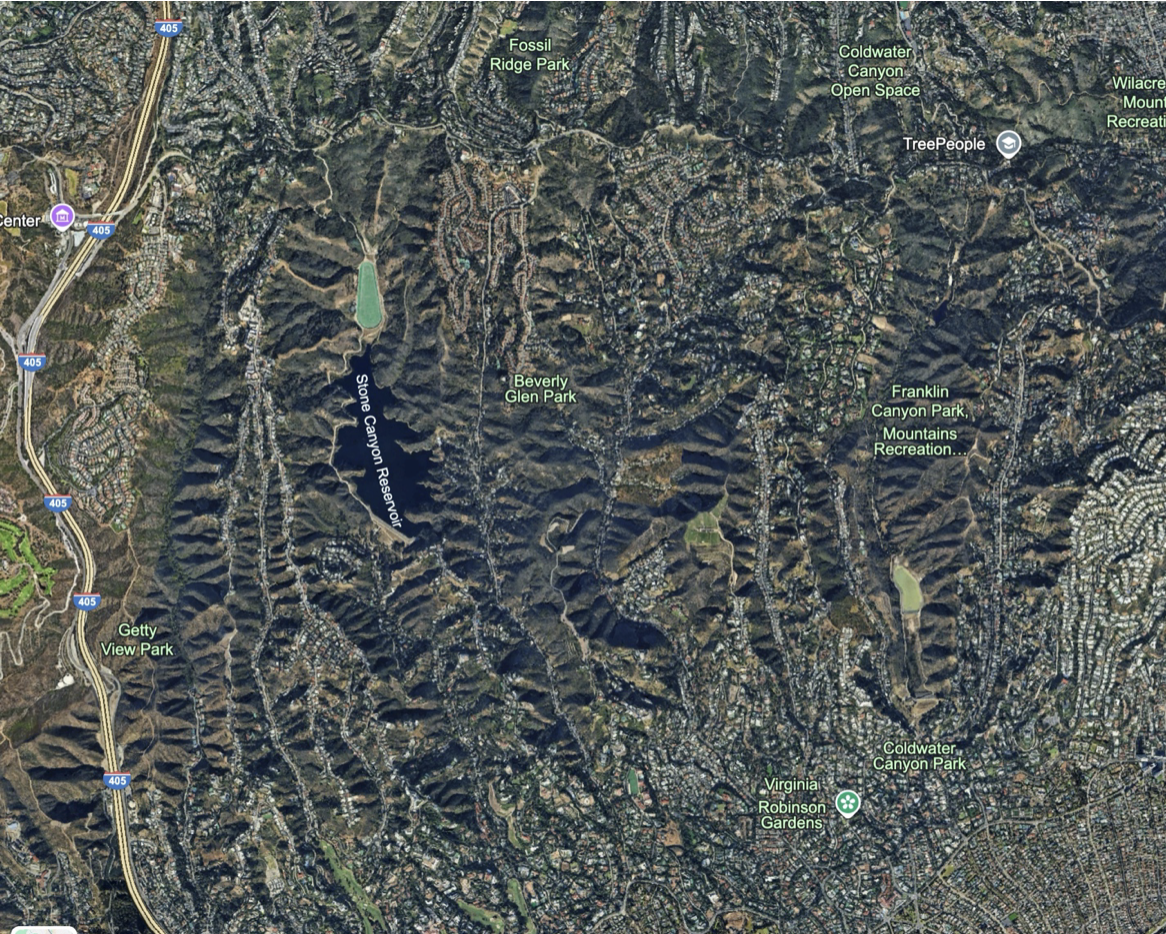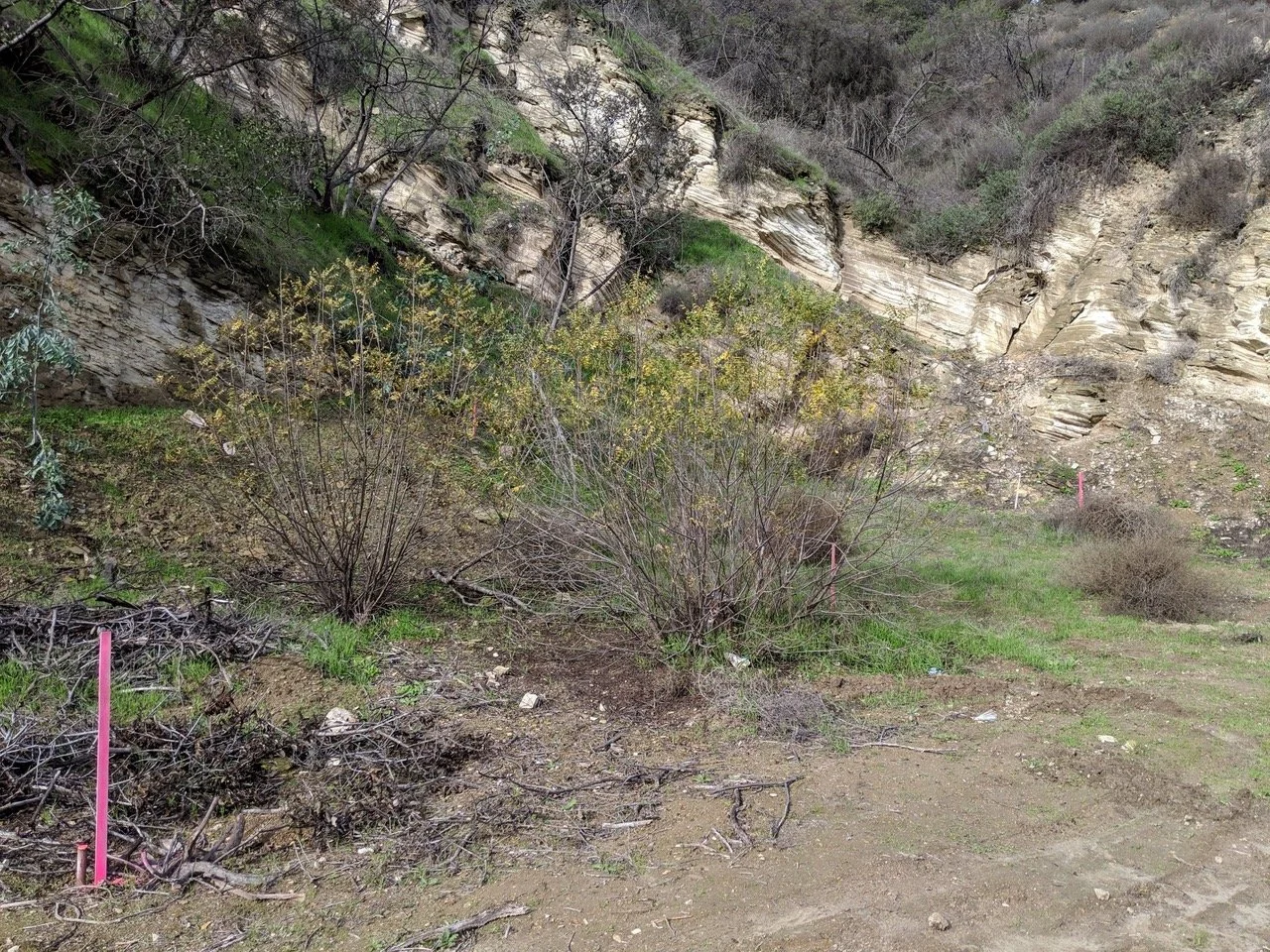Donate Your Land to Support Local Wildlife
Do you love your land and want to see your space protected? By donating all or a portion of it to CLAW, we will permanently preserve it as wildlife habitat. As much as 60% of habitat critical to the survival of threatened and endangered species throughout the US lies on private lands, so your donation can preserve key habitat for both threatened species and more common local species.
A red-tail hawk overlooking a CLAW conservation easement in the Santa Monica Mountains
Benefits of Donating
Permanent protection of the land from development
Preserves habitat for local species
May lower property taxes*
Potential federal tax benefits*
Types of Land Donations:
Land Donation – A charitable donation in which the receiving entity (CLAW) takes the property title, assuming full ownership and conservation responsibilities. The donor may also submit an appraisal of the donated land to the IRS for a substantial tax deduction*.
Donation by Devise / Donation by Will – Gifting your property to an agency through your will. Your land remains under your full ownership during your life and will be donated to CLAW upon your passing.
Conservation Easement – An infinitely flexible tool used to permanently conserve private land as wildlife habitat. The landowner records grant of easement deed in favor of CLAW on all or a portion of a parcel. Each conservation easement is customized with a list of allowable and non-allowable uses. The easement variably limits the landowner’s land use of the defined easement area. Conservation easement donations often qualify for tax deductions and may reduce property taxes*.
Protecting biodiversity is an internationally recognized priority, illustrated by the 30x30 initiative introduced by the UN. Conservation easements will be a crucial tool to help preserve wildlife habitat in the coming years, and CLAW intends to continue acting as the liaison for private property owners, to allow them to reap the financial benefits while limiting development, preserving critical habitat, and protecting biodiversity in beautiful Los Angeles.
Conservation easements provide a very cost-effective method to preserve habitat and are growing increasingly popular as people become more and more concerned about the many urban impacts on our natural environment. By entering into a legal agreement where you retain your land but agree not to engage in prohibited actions (such as building a structure), you collectively help maintain wildlife corridors and biodiversity throughout Los Angeles.
Google Earth view of the limited development in the Santa Monica Mountains surrounded by urban sprawl.
Mountain lion habitat in the hills of Los Angeles (shown in the red highlighted areas) are of high interest as potential conservation easements.
Conservation Easement FAQs:
What Is a conservation easement?
A legal document that is recorded by two parties (Grantor and Grantee) and attached to the property’s deed for the purpose of prohibiting certain actions (e.g. building a structure, fence, driveway, etc).
Is a conservation easement permanent?
Yes, it runs with the land fully intact as the land changes hands over time.
Can a conservation easement cover any portion of a property?
Yes, as long as that portion(s) is defined by a recordable legal description prepared by a licensed surveyor. Even small and narrow strips of land provide critical connections for wildlife movement.
Can I donate a conservation easement if most of my land is already developed or has ornamental plants?
While any land that benefits wildlife has the potential to be a conservation easement, please contact CLAW for more information regarding your property’s eligibility.
What rights will I have over my land once a conservation easement is recorded?
The owner’s retained right and prohibited uses are customized in each conservation easement. If there are specific rights or prohibitions you are concerned about, please let us know immediately.
Is the land accessible by me or the public after it has been donated to CLAW?
The landowner always has access rights. However, public access is dependent upon the list of allowable and non-allowable uses in the conservation easement agreement.
Can the conservation easement’s terms be modified in the future?
Yes, they can be modified if both the Grantee and Grantor agree in writing to the modifications.
Can CLAW assign the conservation easement to another qualified conservation organization?
Yes, the conservation easement can be assigned to another entity if that provision is included in the Grant of Conservation Easement Deed.
What if there is an existing easement over a part of the area where I want to donate a conservation easement?
The new conservation easement would be subservient to the uses/right allowed within that preexisting easement.
Can I continue to enhance and care for all forms of vegetation in a conservation easement?
It is only allowed if the donor retains such rights in the list of allowed uses.
Is CLAW responsible for the brush clearance or liability insurance in a donated conservation easement.
No, both such liabilities remain with the underlying landowner.
2019: CLAW’s first conservation easement in the Santa Monica Mountains.
Still have more questions?
If you want to initiate a land donation or donation by device and require more information from us, or if you want to find out if your land is a good candidate for a conservation easement, please contact Tony Tucci at tony@clawonline.org.
*Disclaimer: CLAW is not responsible for and cannot guarantee tax benefits. Please consult your tax advisor.




